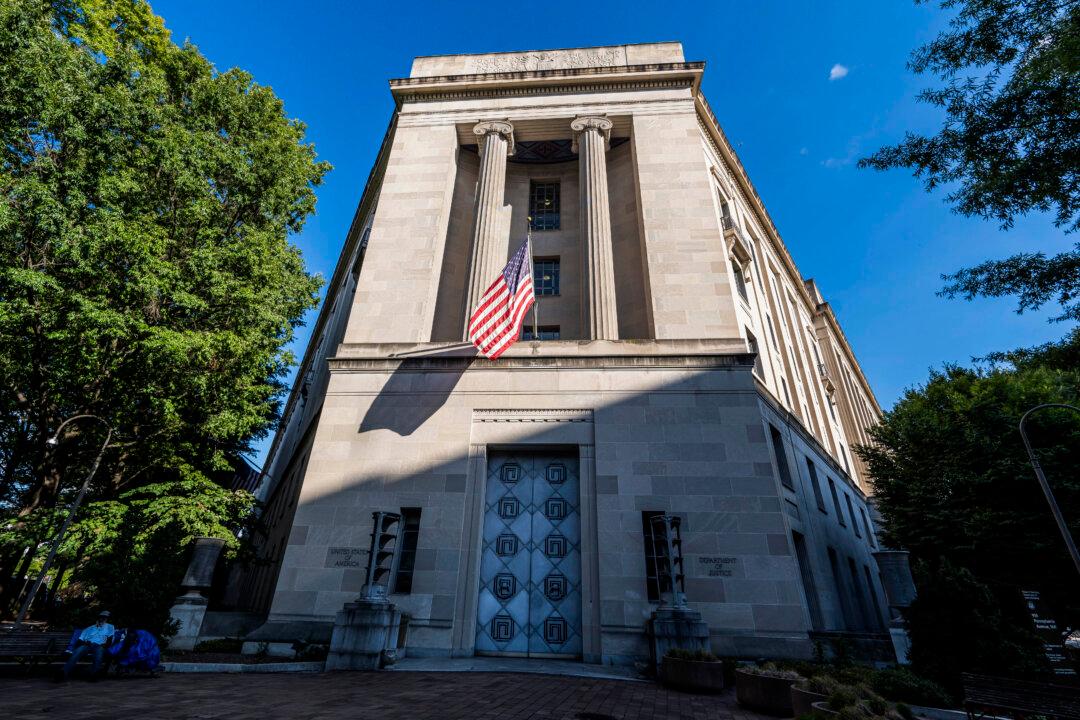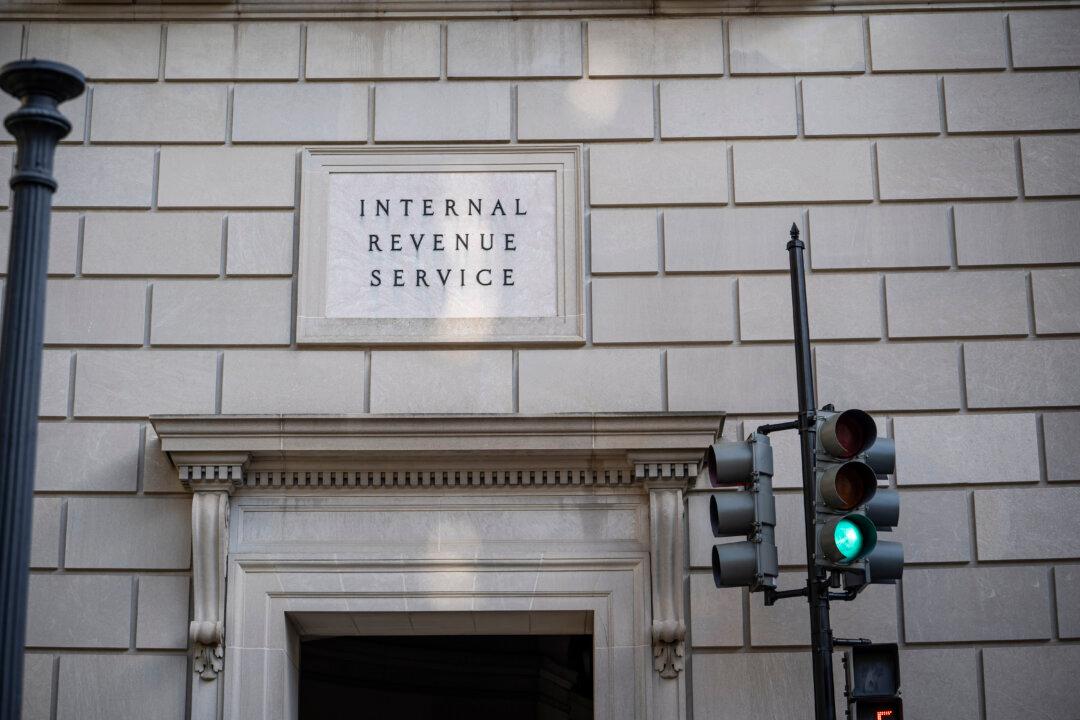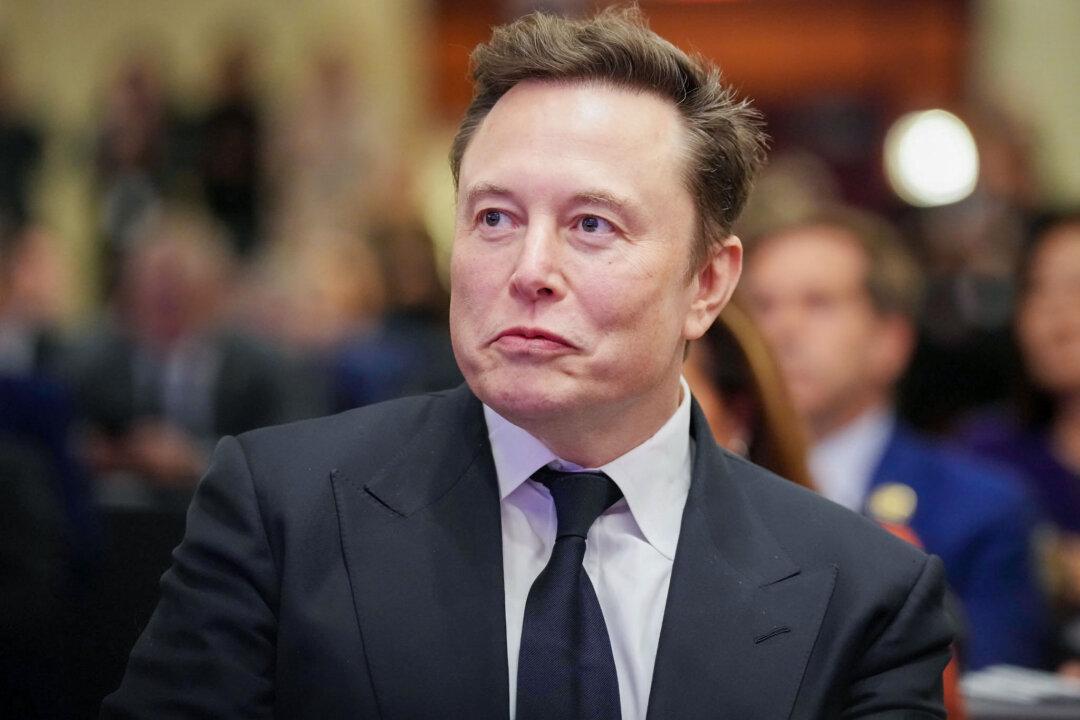Retail spending in the United States stalled in April, coming in at a below-expectations zero percent after surging over 10 percent in March, when a round of stimulus checks hit bank accounts and Americans went on a shopping spree.
Retail spending surged by 10.7 percent in March, when many households received $1,400 stimulus checks as federal authorities disbursed a round of economic impact payments authorized by the recent $1.9 trillion pandemic relief bill. The retail spending measure saw a similar upward bump in January, when an earlier round of checks was sent out.
Retail sales make up the goods component of consumer spending, which accounts for more than two-thirds of U.S. economic activity. Consumer spending rose by a 10.7 percent annualized rate in the first quarter.
Households have accumulated at least $2.3 trillion in excess savings during the pandemic and many economists believe this will underpin spending this year, despite the sharp gyrations in the retail spending measure in the near-term.
Nick Reece, portfolio manager at Merk Investments, told The Epoch Times in an emailed statement that “incoming data is consistent with an ongoing economic recovery.”
“The medium-term outlook continues to be supported by labor market slack, a steep yield curve, and improving consumer confidence,” he said.
While retail spending stayed flat in April, shoppers flocked to the nation’s malls in greater numbers, with the foot traffic gap nearly halving in just two months, providing a data point in support of the view that a retail recovery is underway.
Foot traffic at a sample of 50 malls in April showed that, compared to the pre-pandemic April 2019 level, it was down 18.7 percent, a marked improvement from recent months, according to a report provided to The Epoch Times by mobile-device location data analytics firm Placer.ai.
“In this metric, there was a strong forward momentum with the visit gap shrinking from 23.7 percent down in March to just 18.7 percent down in April,” the company said in the report.
“This is the strongest mark the index has seen since the pandemic began, and another sign that the retail recovery is already in progress,” the report noted, adding that the data “further deepens the optimism around top tier malls and their ability to anchor key retail expansions moving forward.”
“As pandemic pressures ease and the cadence of vaccinations accelerates, we expect the retail sector to experience broad-based improvement,“ said Mickey Chadha, Moody’s vice president and senior credit officer, in a statement. ”Operating profit will grow a robust 10-12 percent in 2021, and hard-hit sectors such as apparel, department stores, and off-price will see the most pronounced operating profit growth over the next 12 to 18 months.”
But the accelerating growth has revived concerns about the economy overheating and putting upward pressure on prices.





